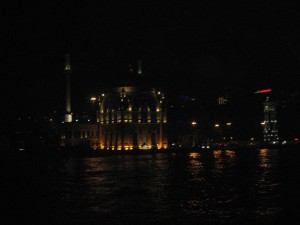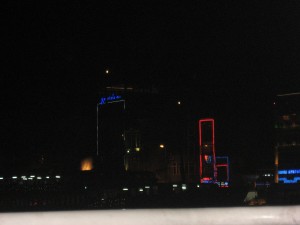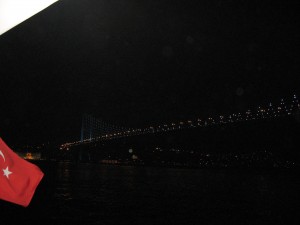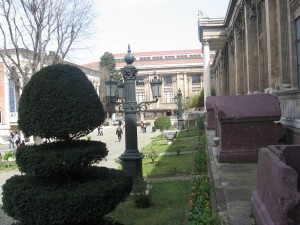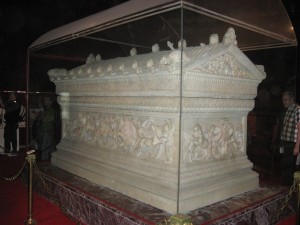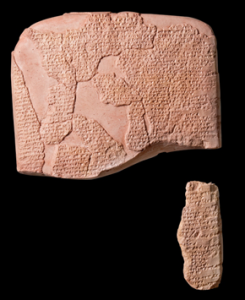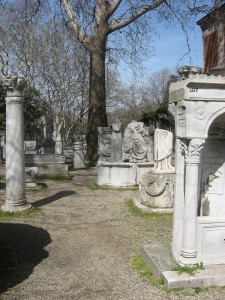Dear Commons Community,
There has been growing interest in essay-grading software in the past several years. A number of products are available that have proven to be at least marginally effective including IntelliMetric by Vantage, Intelligent Essay Assessor by Pearson Knowledge Technologies, SAGrader from Qualrus, and Criterion from ETS. EdX, the nonprofit enterprise founded by Harvard and the Massachusetts Institute of Technology to offer online courses on the Internet, has just announced that it will make its essay-grading software available free on the Web to any institution that wants to use it. The software uses artificial intelligence to grade student essays and short written answers, freeing professors for other tasks. The New York Times has a featured article this morning reviewing the issues associated with essay-grading software focusing on the EdX service.
“The new service will bring the educational consortium into a growing conflict over the role of automation in education. Although automated grading systems for multiple-choice and true-false tests are now widespread, the use of artificial intelligence technology to grade essay answers has not yet received widespread endorsement by educators and has many critics.
Anant Agarwal, an electrical engineer who is president of EdX, predicted that the instant-grading software would be a useful pedagogical tool, enabling students to take tests and write essays over and over and improve the quality of their answers. He said the technology would offer distinct advantages over the traditional classroom system, where students often wait days or weeks for grades.
“There is a huge value in learning with instant feedback,” Dr. Agarwal said. “Students are telling us they learn much better with instant feedback.”
But skeptics say the automated system is no match for live teachers. One longtime critic, Les Perelman, has drawn national attention several times for putting together nonsense essays that have fooled software grading programs into giving high marks. He has also been highly critical of studies that purport to show that the software compares well to human graders.
“My first and greatest objection to the research is that they did not have any valid statistical test comparing the software directly to human graders,” said Mr. Perelman, a retired director of writing and a current researcher at M.I.T.
He is among a group of educators who last month began circulating a petition opposing automated assessment software. The group, which calls itself Professionals Against Machine Scoring of Student Essays in High-Stakes Assessment, has collected nearly 2,000 signatures, including some from luminaries like Noam Chomsky.
“Let’s face the realities of automatic essay scoring,” the group’s statement reads in part. “Computers cannot ‘read.’ They cannot measure the essentials of effective written communication: accuracy, reasoning, adequacy of evidence, good sense, ethical stance, convincing argument, meaningful organization, clarity, and veracity, among others.”
But EdX expects its software to be adopted widely by schools and universities. EdX offers free online classes from Harvard, M.I.T. and the University of California, Berkeley; this fall, it will add classes from Wellesley, Georgetown and the University of Texas. In all, 12 universities participate in EdX, which offers certificates for course completion and has said that it plans to continue to expand next year, including adding international schools.”
We shall see!
Tony

